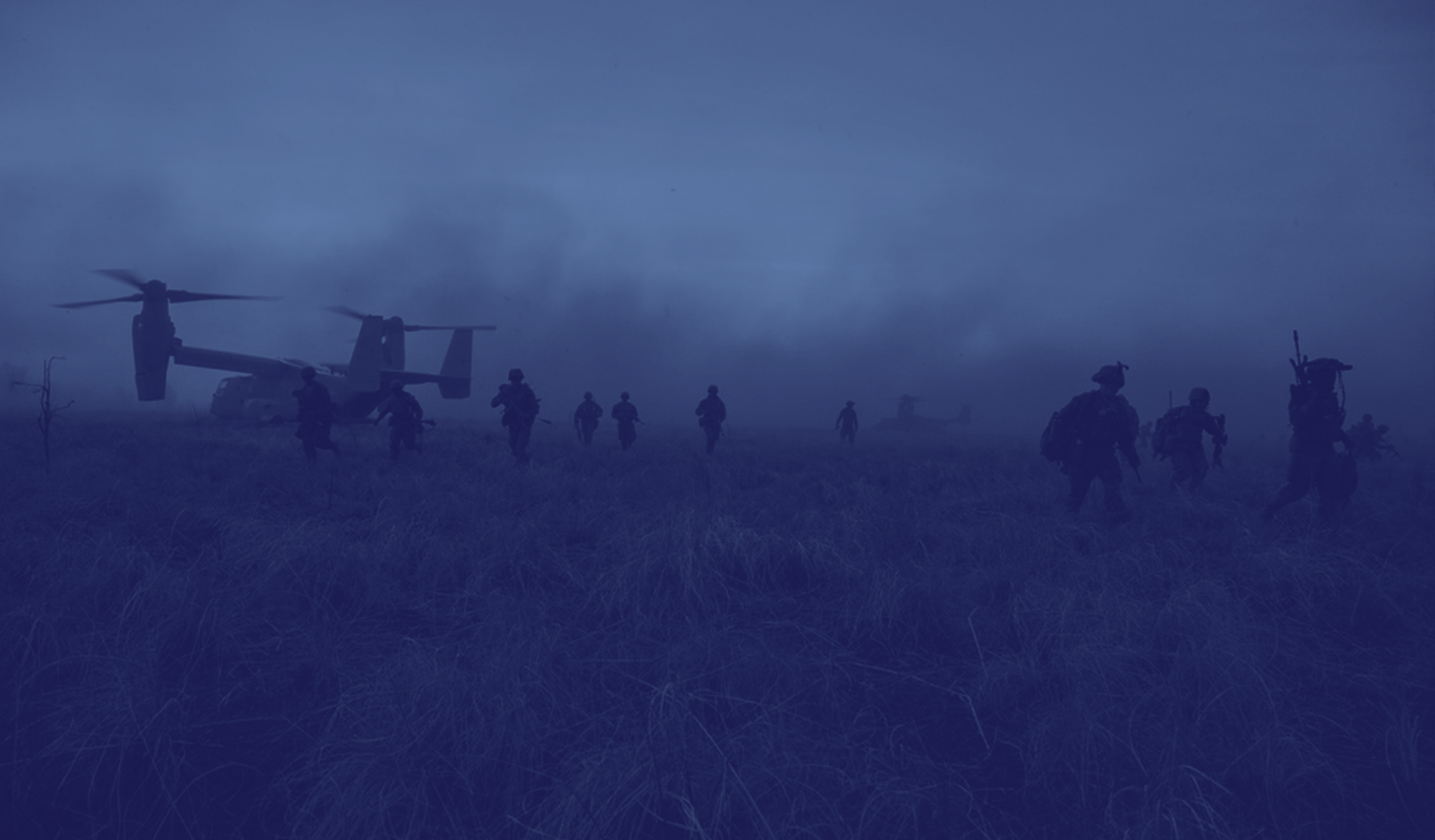Women Marines Association pays visit to MCT
By Lance Cpl. Victor A. Barrera, Marine Corps Base
Many claim that Lucy Brewer was the first female to join the Corps disguised as a man. Whether she was a real person or not is debatable, but what she represents is not. Throughout history women have served and supported in the military in whatever way possible.
Women officially got an opportunity to serve in the Marines in 1918 when Opha Mae Johnson enlisted into the Marine Corps Reserve during WW I. During World War II women began to play a vital role in the Corps as more men were being sent overseas to fight. With the recruiting slogan “free a man to fight,” more than half of the personnel on bases in the continental United States were women, but they weren’t allowed into combat zones until the Vietnam War. The history of women in the Marine Corps was recently presented to combat instructors and Marines from Student Administration Company, Marine Combat Training Battalion, School of Infantry-East, Camp Geiger, N.C., when members of the Women Marines Association paid them a visit. Speakers at the presentation included retired Maj.Linda Lacy, president of the Women Marines Association N.C. Chapter 1: Tarheel Chapter; former Cpl. Shirley John, vice president of the chapter; former Sgt. Lillian Ragan, an Ambassador of Goodwill and former Cpl. Mary Laskowski, also an ambassador.They spoke to the Marines about the history of women in the Marine Corps along with the camaraderie, friendship and support that members of the WMA have to offer.
Chapter members described some of the moments in their military career that stood out to them. Memories ranged from ironing uniforms in boot camp, working in the administration department and even one very unique Marine Corps experience that included daily walks with former President Harry S. Truman. John fondly remembered walking to her administration job every day and meeting President Truman. Over time they developed enough of a relationship to be able to joke around. John laughed as she recalled “I remember President Truman telling his secret service men to walk up to me and lift me into the air,” she said. “Now, I’ve always been a little woman my whole life and being lifted high into the air was not fun for me. Maybe for him, but not for me.” Although some memories involved important people such as Truman, the ladies also spoke of their time in boot camp. Lacy remembers staying up late into the night to iron all the uniforms for her company’s graduation, then having everyone jump from the top racks into their trousers because they were so starched. All memories, however, were not full of laughter. Lacy spoke of the tension male Marines had with females in the Corps. When women first joined the Corps, they were called Marinettes and could only work in the administration department. Eventually it was pushed that the Women Reserves should completely vanish. It wasn’t until the mid-1940s that women were allowed to re-enlist or even request to be put on active duty. During the Vietnam War, Master Sgt. Barbara J. Dulinsky became the first woman to serve in a combat zone with Military Assistance Command Vietnam. By the 1970s, women were allowed into Fleet Marine units and all military occupational specialties except for infantry, artillery and a few other combat-related MOSs. As more women joined the Marine Corps they came to be accepted as fellow Marines instead of Marinettes. It was because of the women like the members of the WMA, who pushed on to make their place known in the Marine Corps that this change came about. Not one of the speakers had any regrets about joining the Corps, they said. “It changed our lives,” said Lacy. “We’re grateful for the female Marines that came before them and new Marines that are carrying on the legacy of women in the Corps.” The chapter was thankful for all the male Marines who attended the event. They recalled times when female Marines were looked down on, and seeing men take an interest in the history of women in the Corps showed how far the Marine Corps had come, said John. Gunnery Sgt. Jeannine Cressman, company gunnery sergeant for Headquarters and Support Company, Marine Combat Training Battalion, School of Infantry — East, organized the event and was glad that the WMA came to Camp Geiger to talk to the combat instructors and Marine students. “This was to educate instructors and students about the history of women Marines and to learn about the association,” said Cressman. “Any opportunity to learn makes you a better Marine, it gives you resources you can pass on.” For more information about the history of women in the Corps, visit womenmarines.org.
[component:byline]–>
